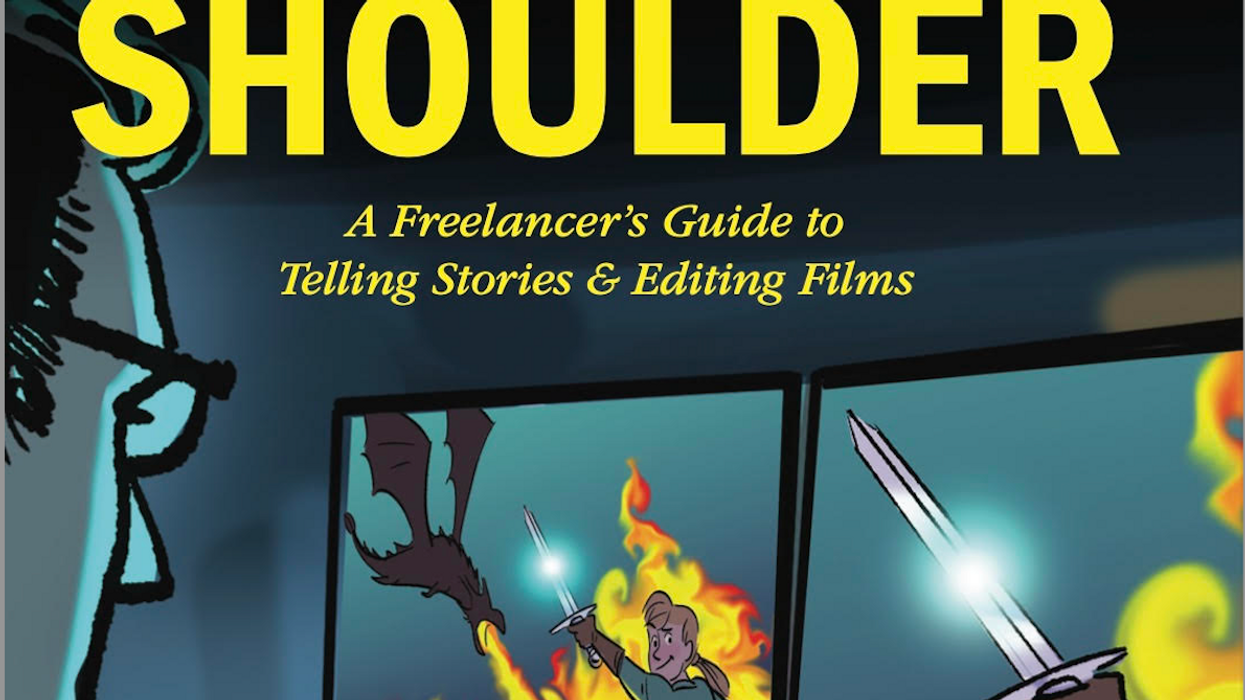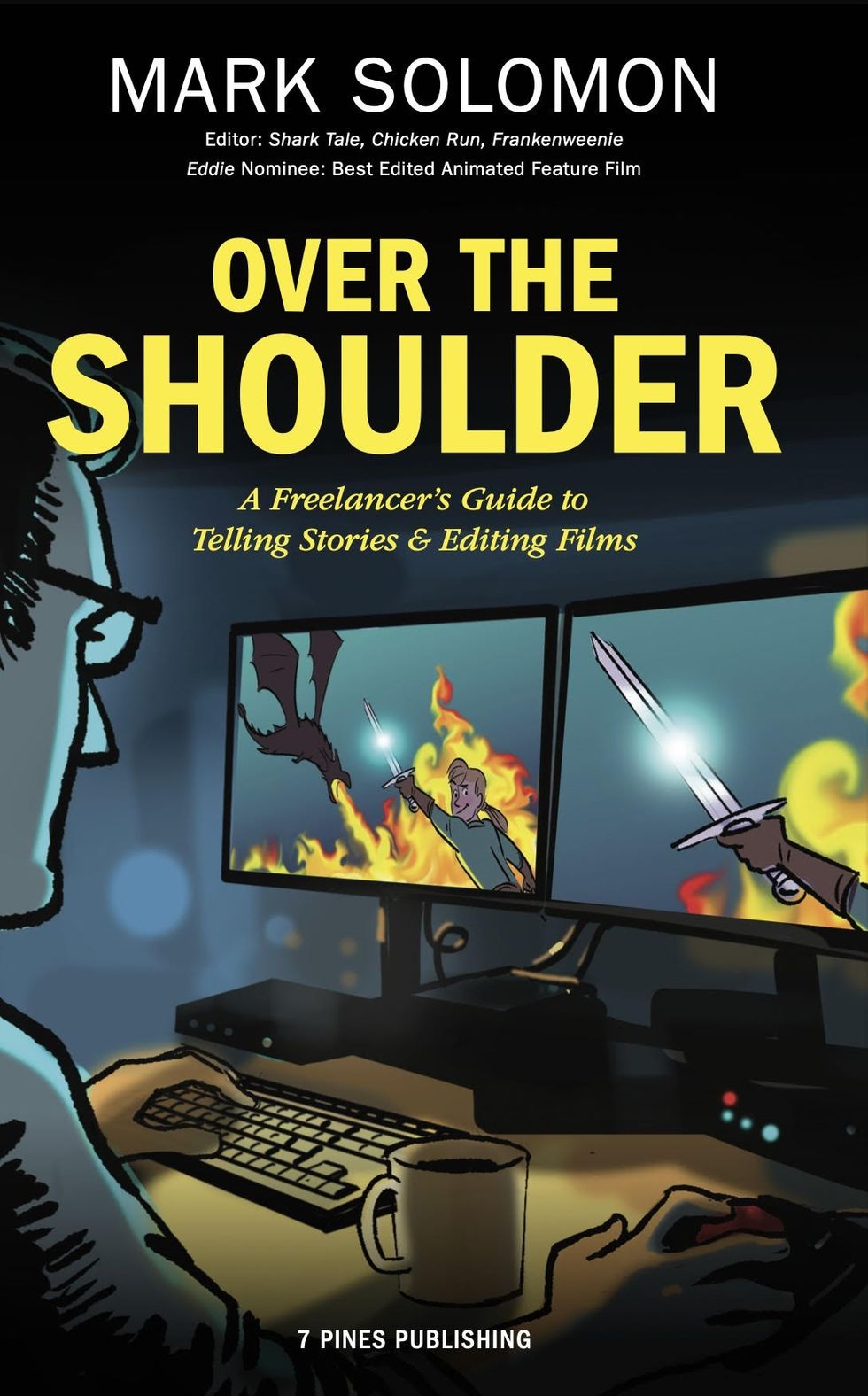Read an Exclusive Excerpt From 'Over the Shoulder' by Editor Mark Solomon
Get the ins and outs of an animation editor's process from Hollywood professional Mark Solomon.

Over the Shoulder by Mark Solomon
Ever wondered what it takes to edit an animated film? Well, here's a chance to learn from the best around.
We're excited to bring you this exclusive look at Over the Shoulder, a book on editing by Mark Solomon that shares the essentials he learned as a film editor. His career in Hollywood spans more than 30 years credited for an impressive shortlist of editing animated films such as Shrek, Chicken Run, Space Jam, and Frankenweenie.
Check out this exclusive excerpt from the book below.

TOOL #4
THE WAVE OF JO-HA-KYU
Time, since you mentioned it, is another key factor in storytelling. It determines how much real time passes by on the clock and the perceived time of how long a story takes to play out. Learning to deftly handle time is your next great tool.
Let’s consider the Japanese stage for this one and the way they shape a story. Jo-Ha-Kyu is a universal element of storytelling that offers a clear, simple way to shape the stories you tell. It goes by many names in different cultures, but translates roughly as beginning, middle and end, or in some contexts, “beginning, break, rapid,” which means that all actions or efforts should begin slowly, speed up, and then end swiftly.
Jo: to initiate a movement.
Ha: the rising action.
Kyu: the turning point.
All movement can be described as having Jo-Ha-Kyu – everything from a single breath to an entire lifetime. Think of a wave breaking on the shore. Its natural action starts in a clear direction, then momentum builds as the wave gathers force, and it finally reaches an energetic peak as it crashes on the beach. Afterward, there’s a moment of calm that leads into a new direction and the cycle continues.
Each individual scene has Jo-Ha-Kyu, and your overall story can be considered this way. You might consider it to have good Jo, or an overlong Ha, or if the story has been built well, a satisfying Kyu.
Take a simple movement, such as stamping your foot, which is a common gesture in the Japanese theatre. You raise your foot, with Jo, from stillness to movement. With Ha, the foot speeds up as it moves down to strike the floor. Then with Kyu, the foot lands with a thump and returns to stillness.
JO-HA-KYU AND ANIMATION
This concept has given me a guiding principle when facing the challenges of animation editing. An animated movie is not produced like a live action movie. In live action, everyone gets the script; the movie is shot based on the script, and then the shots are cut together by the editor. In animation, the production team needs more detail than what can be found in the words alone, so storyboards are drawn to create a comic book version of the movie.
The editor’s task is to make these simple sketches look like moving images. Then, by adding dialog and sound, the creative team can watch the entire movie in storyboard form. Decisions can be made about pacing and story before committing to the expensive process of animating every frame.
So, how do you make stills look like they’re moving? Applying Jo-Ha-Kyu is the best way I found to create little peaks of energy. By adjusting the time for each sketch gives the illusion of movement and carries the viewer along. Everything from a single character’s expression to the entire story will benefit from this gathering sense of rhythm.
Jo-Ha-Kyu is the secret password to better storytelling.
__________________________________________________________________________
“Over the Shoulder: A Freelancer’s Guide to Telling Stories and Editing Films” is available on Amazon. Mark Solomon is a visual storyteller, editor of animated movies including Chicken Run, The Tale of Despereaux and Frankenweenie.













